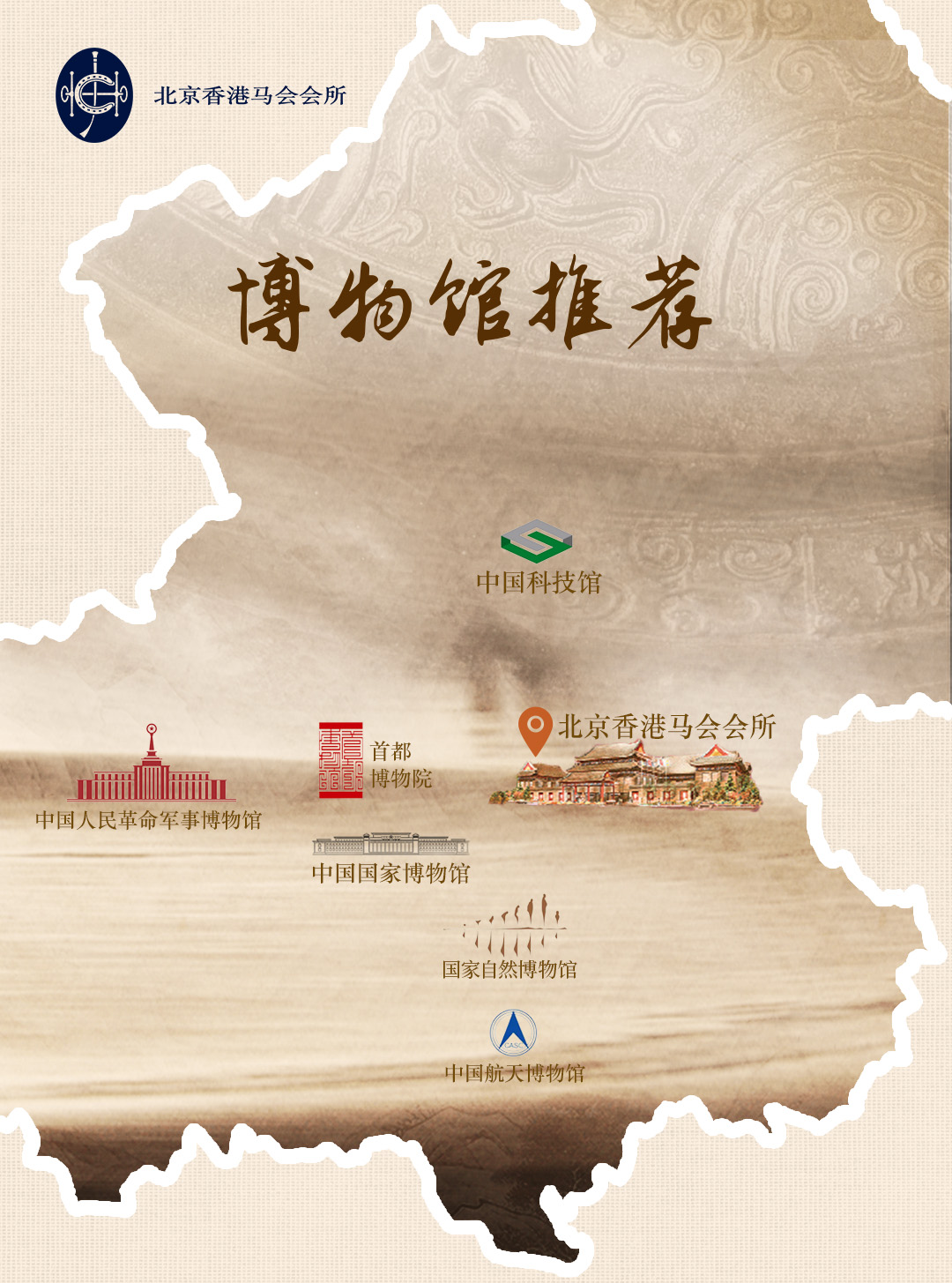Sights
Museum Recommendations
<National Museum of China>
Opening hours: 09:00-17:00 (entry stopped at 16:00)
Address: East Side of Tiananmen Square, No. 16 East Chang'an Street, Dongcheng District, Beijing (closed on Monday)
<National Museum of Nature>
Opening hours: 09:00-17:00 (entry stopped at 16:30)
Address: No. 126 Tianqiao South Street, Dongcheng District, Beijing (closed on Monday)
<Capital Museum>
Opening hours: 09:00-17:00 (entry stopped at 16:00)
Address: No. 16 Fuxingmenwai Street, Xicheng District, Beijing (closed on Monday)
<Chinese People's Revolutionary Military Museum>
Opening hours: 09:00-17:00 (entry stopped at 16:00)
Address: No. 16 Fuxingmenwai Street, Xicheng District, Beijing (closed on Monday)
<China Science and Technology Museum>
Opening hours: 09:00-17:00 (entry stopped at 16:30)
Address: No. 5 Beichen East Road, Chaoyang District, Beijing (closed on Monday)
*Ticket price: RMB 30
<China Aerospace Museum>
Opening hours: 09:30-16:30 (entry stopped at 15:00)
Address: No.1 Dahongmen, Fengtai South, Bei



